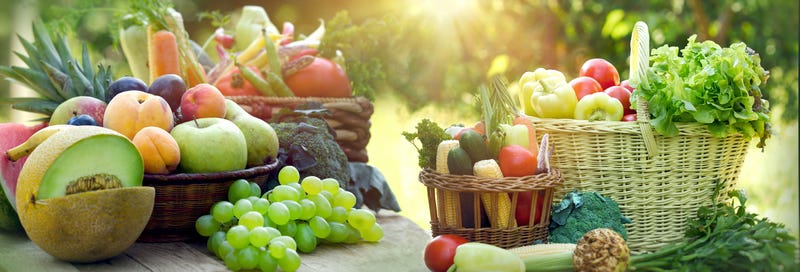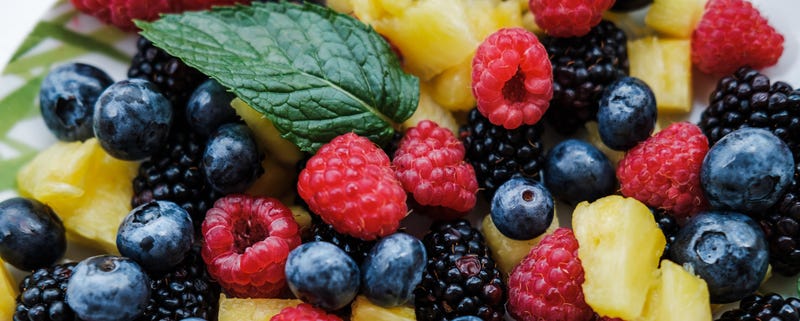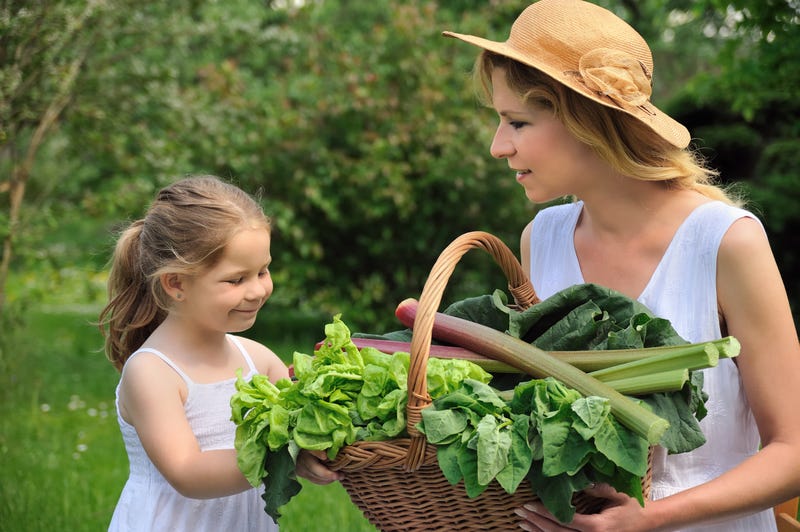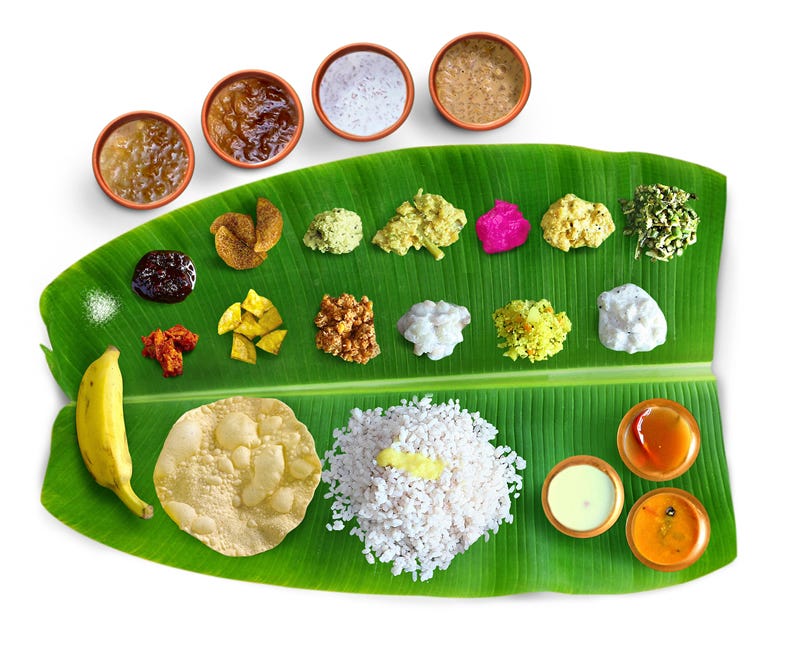Justifiable or not, the climate pundits are howling about farming and saying that people have to become vegetarians. I have been a vegetarian for more than half a century and can definitely help others to understand what is involved in making a safe and delicious transition to a diet based mainly on plants. Fortunately for me, I had lived in India for two years and met countless people who had been vegetarians since birth so none of the arguments posed by family members and doctors set off any alarms with me.
There are many reasons one might consider becoming a vegetarian, but climate was never on my short list of why people might want to change their eating habits. The main motivations for changing eating habits are usually either health or a desire to live in a more humane manner. There are certainly powerful arguments in favor of vegetarianism, but there are countless health counselors who claim they could not make the change or who advise others on the need for animal protein.
My most popular work for many years was called “Kitchen Doctor” and has two main components. The first is to recognize the uniqueness of one’s own constitutional type. It is usually described by the Moon in the horoscope and therefore has nothing to do with ethnicity, blood type, or family cuisine. My concerns germinated in the context of fasting because some people have very strong metabolisms and need to be careful when fasting whereas others thrive on very long fasts so long as they are taking in enough fluids and perhaps juices from plants, either fruit or vegetable juice. However, as time went on, I expanded my material to cover diets in general and wrote a cookbook for cancer patients . . . sorry to say the manuscript was stolen so all that work needs to be redone.
The second part of “Kitchen Doctor” was focused on the pharmacology of food and learning to eat what is best for each body type. For example, those with poor digestion may need to eat foods that are easier to metabolize. Some of the adjustment can be made by adding acidic foods to the diet and some by using more spices. For example, fruits have acids and many people thrive on a diet of berries, grapes, apples, and melons. Others may prefer cooked foods, but then the food should be prepared with warming spices like ginger, curries, or paprika. While emphasizing such adjustments may benefit those with sluggish digestion, fire types may not thrive on what works well for others.
The “mistake” some people make when becoming vegetarians is that they do not compensate for the missing protein. In India, people rely on yoghurt, lentils, beans, and often a type of cheese called paneer as well as nuts. My observation of elderly Indians was that they rarely suffer from the degenerative diseases that are currently an epidemic in some parts of the world. Diet is usually influenced by a combination of tradition and finances. If one can afford proper food, one can usually thrive.
When working on the cancer cookbook, I had a clinic in Santa Fe, New Mexico, and my office manager bought every book she could find on cancer diets. One day, she came into my office with an armload of books and asked, “Is there anything on which authors agree?” I said, “Maybe white sugar and white flour.” Because diets are so deeply rooted in family eating habits and indoctrination by the educational systems, agreement seems unlikely. Moreover, because of our habits, certain cravings are very persistent and may interfere with good intentions.
In all my years of study, I have almost never seen a nutritional analysis of a food in which distinctions were made between fresh and organic food and commercially grown food that very often was not even ripened naturally. Once in a while, there is a column for raw versus cooked food, but some important considerations are usually entirely missing; and hardly anyone has compared a farm to table menu with a cafeteria in a school or company. More irksome even than this, the antioxidant properties of food are not assessed in a proper manner, and we all need lots and lots of antioxidants.
I remember my first vegetarian meal. It was at a Zen restaurant in Japan that had a very long waiting list for reservations. Basically, they mastered the art of making tofu interesting.
A few years later, I had my first real job. It was at an investment bank on Wall Street; and, as the only woman in the research department, I was initially put in charge of the food and beverage industries. The way this works is that companies host banquets for stock brokers and investment bankers where they promote their products and stock. This was before genetically modified food was on the horizon, but soy substitutes were a major goal for several companies. The bottom line is that the planning that precedes what becomes mainstream may occur years before the products actually hit the market . . . by which time the investment in the “future” has already been made. Thus, even before we had to read the labels carefully to avoid GMO soy, meat substitutes were appearing on our supermarket shelves. Most of these are somewhat hair raising. Soy is vatagenic, meaning that the air element is aggravated so it will make some people nervous; but even worse than this, many of the alternative products are laced with fungi that will cause allergic reactions in some people and disasters for a few.
So, the farm to table or personal garden to table is the solution to the roulette we play when consuming packaged food.
Given the turbulence in our world today, we can take a moment to decide whether having the equivalent of a modern victory garden makes sense. I believe that we would benefit both from the improved quality and freshness of the food as well as whatever added security there might be. Part of the benefit we receive from food is from the prana, the vitality of the food that is captured while the plant is growing. This dissipates with time so while the calories and chemical constituents might remain, fresh food is more energized and thus more beneficial. This fact is perfectly demonstrated in Kirlian photography where we see the loss of the aura surrounding the food in time-lapsed images taken over a period of days and weeks.
So, what might be the motivation for growing one’s own food or at least a percentage of one’s own food? We harvest what we need when we need it. We might save a little money. Knowing we have a garden may enhance the feeling of security. The quality of the food will generally improve with time because of proper soil management. This may have significant long-term health benefits.
In my case, I was suffering a crisis in conscience that undermined my desire to be in harmony with my ideals and pacifism. So, I opted for a non-violent diet without thinking at all about health since I already knew many perfectly healthy Indians. I was also used to eating Indian food so the transition was relatively easy once some old habits were put to rest. As mentioned, this was a long time ago. Since that time, my understanding of both diet and health has developed. I am 100% weaned from the indoctrination of the four food groups. It has been replaced by the six tastes: sweet, sour, salty, spicy, bitter, and astringent. With commercial food, there is always a need to extend shelf life so many people are consuming too much sugar and salt. Our arteries are suffering accordingly, not to mention our blood sugar. So, there are valid arguments for eating more fresh food. This said, habits are sometimes very hard to break so motivation needs to strong in order to succeed when making changes. We can opt for gradual transitioning or just go for it and start this minute . . . but then one has to prepare for cravings that sneak in out of nowhere and disturb our resolve!
Copyright by Dr. Ingrid Naiman 2023 || All Rights Reserved
For permission to quote, please contact the author. Sharing via e-mail and posting links are welcome so long as the author and source are properly cited. Reprinting is strictly prohibited.
Image Credits:
Organic Food: Gordan Jankulov | Dreamstime.com
Antioxidant Berries: Boyarkinamarina | Dreamstime.com
Home Harvest: Alena Brozova | Dreamstime.com
Vegetarian Food on Banana Leaf: Virgokishore|Dreamstime.com







